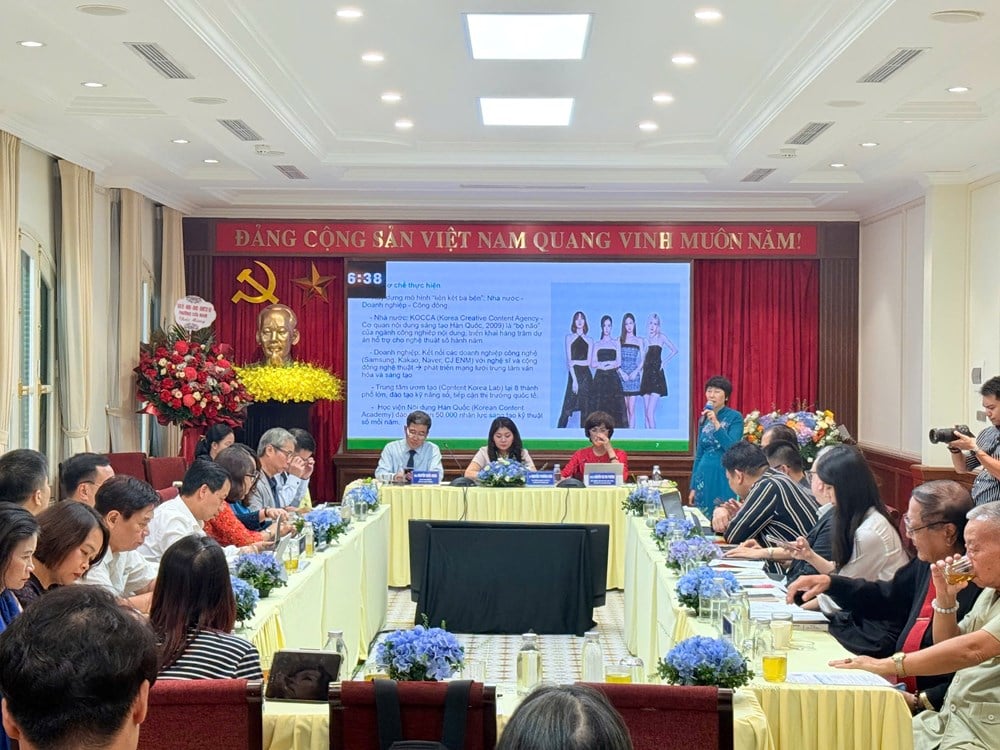
As technology opens up new creative spaces – from online exhibitions, digital art, to the metaverse and AI – the question for Vietnam is not only how to preserve traditional values, but also how to transform heritage into a driving force for development in the digital age.
From international experiences of Japan, Korea, China... to the perspective of domestic experts, the roadmap for Vietnamese culture and arts to become a national strength is determined on the basis of traditional values combined with innovation in the 4.0 technology era.
New creations based on traditional values
Associate Professor, Dr. Nguyen Thi Thu Phuong - Director of the Vietnam Institute of Culture, Arts, Sports and Tourism (ICTST) commented: “Currently, art development requires both inheriting traditional values and absorbing contemporary trends, taking advantage of technological power and international integration. At the same time, Vietnam is implementing the Cultural Development Strategy to 2030, so research and exchange of international experiences on art development are all the more practical. This is an urgent requirement that needs to be systematically researched and analyzed, with the participation of experts, researchers, artists and managers at home and abroad.”
The strength of Vietnamese contemporary art lies in its experimentalism and ability to convey local elements - elements that help Vietnamese art have its own "character" and not be dissolved in the global trend. However, Associate Professor Dr. Doan Thi My Huong (Vietnam Institute of Culture, Sports and Tourism) pointed out that the "stagnant" of Vietnamese contemporary art from around 2015 to now reflects the limits of the process of "localizing" a type of art imported from the West, while the domestic mechanism, market and audience have not yet adapted.
Sharing his experience from Japan, Professor Noriaki Mita Gagaku, Director of the Mita Gagaku Research Association, said: “Gagaku is a traditional Japanese art form, which has also encountered many difficulties. Since the 1990s, we have organized concerts using classical Gagaku materials and realized that traditional art can become a new form of entertainment by inviting audiences to participate, increasing interaction - and has been very well received by the public.”
Professor Noriaki Mita Gagaku also said that, because it is still "nurtured" in the royal court environment, Gagaku is being preserved in a very good condition, on the other hand, it is developing in new creative directions by contemporary musicians. The two directions of preservation and development still exist in parallel, without contradiction or suppression of each other. Maintaining, teaching and introducing Gagaku to the international public, tourists, as well as cross-border cooperation is the way to preserve the "art of living", at the same time creating a foundation for new creations based on classical values.
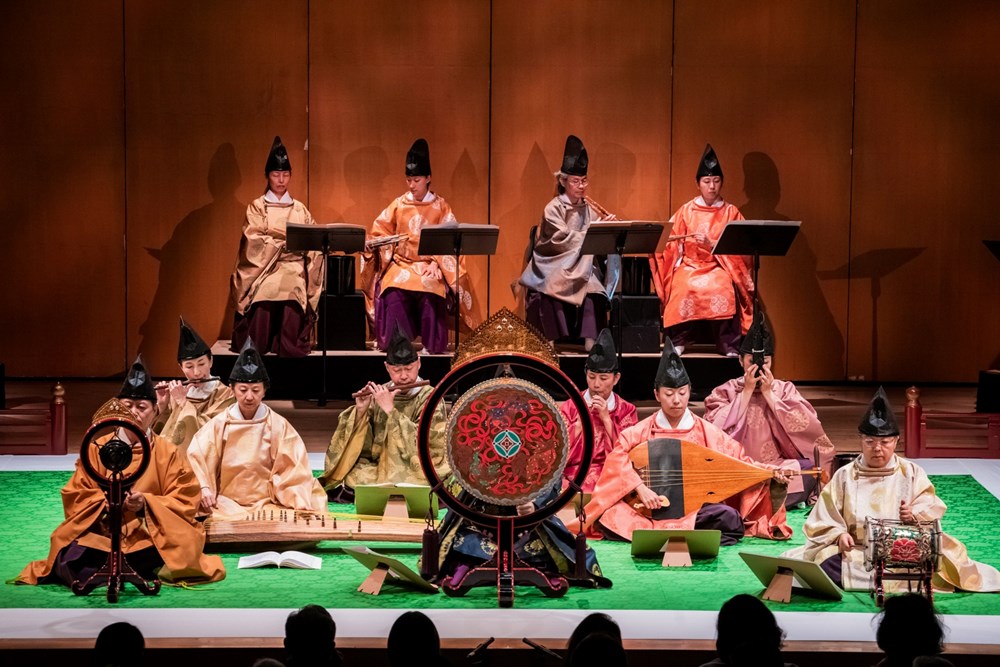
Lessons for culture and art to become national strength
If we had to choose the most successful model in turning culture and arts into economic strength and national brand, South Korea would be a typical example. According to Prof. Dr. Tu Thi Loan, Vietnam Institute of Culture, Sports and Tourism, since the early 2000s, this country has identified the cultural industry as a key economic sector, with a series of strategies such as: Culture Industry Promotion Act (2002), Basic Plan for the Cultural Industry (2008), Smart Korea Vision (2010) and Digital New Deal (2020) - emphasizing investment in digital infrastructure, data, AI and creative content.
The Ministry of Culture, Sports and Tourism of South Korea and the Korea Creative Content Agency (KOCCA) play a central role in planning, investing and coordinating the arts sector - from music , film, fine arts to games and webtoons.
The special feature of Korea is the “triple link” model - State, business, artist , creating a dynamic creative ecosystem. Corporations such as Samsung, Kakao, Naver, CJ ENM are encouraged to invest in art, film, music, museums... The government both guides and creates a fair competitive environment to encourage creativity.
Thanks to digital transformation and streaming platforms, Korean music has become a global brand. In 2022, music exports reached 3.38 billion USD. Korean cinema has also achieved great success with Parasite (Oscar 2020) and Squid Game (2021), proving the power of the content industry.
Like South Korea, China also soon recognized the role of digital transformation in the development of culture and arts, considering it an important pillar of "national soft power". Since the beginning of the 21st century, this country has issued a series of strategic policies such as: National Digital Culture Development Plan (2014-2020), Internet + Culture Strategy (2018), 14th Five-Year Plan (2021-2025) and Action Plan for Digital Transformation of Culture and Tourism (2022-2025) .
According to China's Ministry of Culture and Tourism, by 2023 the digital culture industry will reach a scale of 5.2 trillion yuan, accounting for nearly 5% of the country's GDP - a huge number.
Notably, the National Cultural Industry Development Fund with a total capital of 20 billion yuan has supported thousands of digital film, game, and digital design projects. China has digitized more than 90% of its national museums, many heritage projects such as Digital Dunhuang are considered a miracle of art preservation using technology. In 2022, the country opened the Beijing Digital Art Museum - Asia's first digital art museum. By 2023, movie box office revenue reached 54.9 billion yuan, of which 85% of tickets were sold through digital platforms; more than 1.2 billion users listened to music online.
These numbers confirm that, when art is combined with technology, creativity and data, culture truly becomes a resource for development.

Turning the cultural, entertainment and tourism industries into key economic clusters
Potential and strategy for Vietnamese art
Professor Dr. Truong Quoc Binh commented: "Vietnam needs to take advantage of its traditional art treasure, combining it with the methods of advanced countries and modern technology to create internationally competitive contemporary art products."
To realize that goal, according to Professor Tu Thi Loan, Vietnam needs to build a national strategy on culture and digital arts, focusing on a number of key solutions: Perfecting policies and inter-sectoral coordination mechanisms, connecting culture - technology - economy - education - tourism; at the same time, establishing a specialized agency or fund for digital arts, similar to Korea's KOCCA or China's National Cultural Foundation.
Investing in data infrastructure and digital platforms, building open cultural databases, applying AI, AR/VR, blockchain in creating, displaying and preserving art; Training digital creative human resources, incorporating technology skills into art training programs, forming a generation of "technology artists" - people who are both creative and digitally savvy. In addition, developing the digital art market and audience, supporting creative startups, organizing online exhibitions, commercializing art products through digital platforms, forming a community of viewers with aesthetic knowledge; Preserving national cultural identity, so that each Vietnamese art product, regardless of form, still carries the "Vietnamese soul" - a harmonious combination of tradition and modernity, national and international.
Globalization and digital transformation are profoundly changing the way people create, enjoy and disseminate art. In that picture, Vietnam - with its unique cultural traditions and young creative resources - can absolutely become the digital art center of Southeast Asia, if it knows how to combine smart policies, long-term investment and training of creative human resources.
Source: https://baovanhoa.vn/van-hoa/tu-kinh-nghiem-quoc-te-den-chien-luoc-suc-manh-mem-quoc-gia-175286.html



![[Photo] Collecting waste, sowing green seeds](https://vphoto.vietnam.vn/thumb/1200x675/vietnam/resource/IMAGE/2025/10/18/1760786475497_ndo_br_1-jpg.webp)

![[Photo] Immerse yourself in the colorful musical world of “Secret Garden Live in Vietnam”](https://vphoto.vietnam.vn/thumb/1200x675/vietnam/resource/IMAGE/2025/10/18/1760805978427_ndo_br_thiet-ke-chua-co-ten-41-png.webp)
![[Photo] Closing ceremony of the 18th Congress of Hanoi Party Committee](https://vphoto.vietnam.vn/thumb/1200x675/vietnam/resource/IMAGE/2025/10/17/1760704850107_ndo_br_1-jpg.webp)
![[Photo] General Secretary To Lam attends the 95th Anniversary of the Party Central Office's Traditional Day](https://vphoto.vietnam.vn/thumb/1200x675/vietnam/resource/IMAGE/2025/10/18/1760784671836_a1-bnd-4476-1940-jpg.webp)
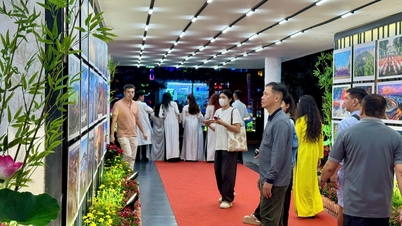

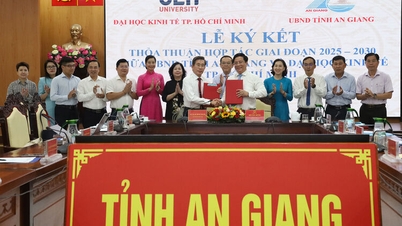





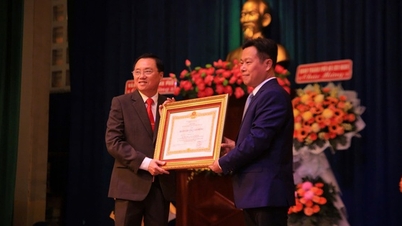









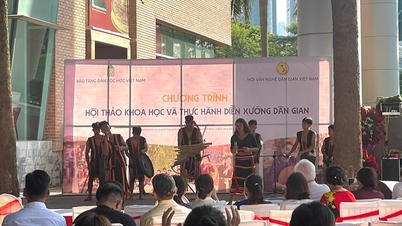

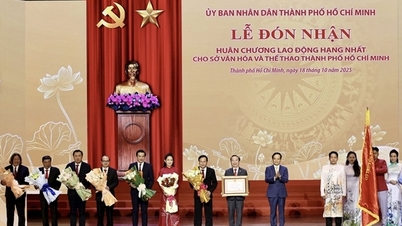




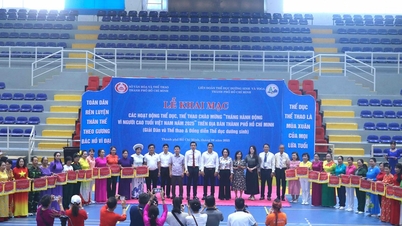
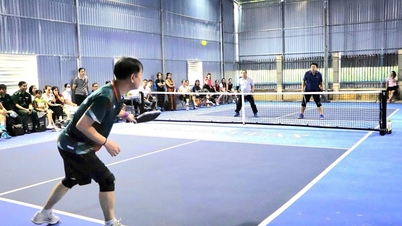
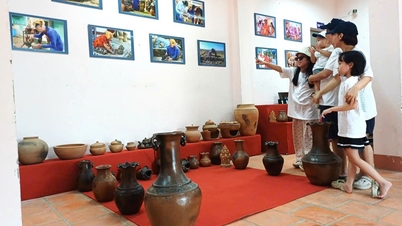
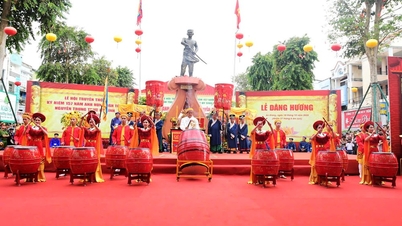

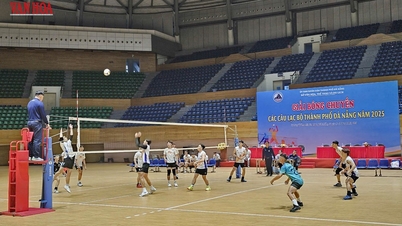

































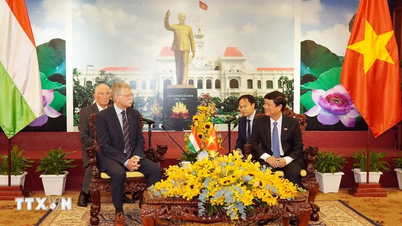




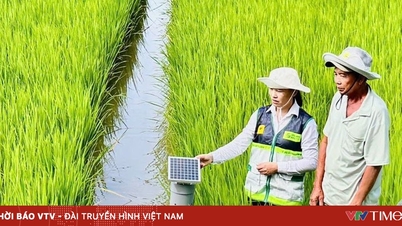
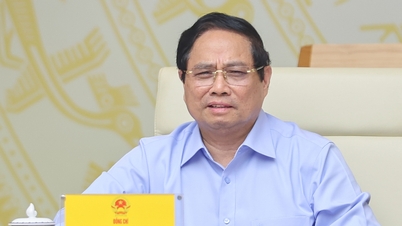
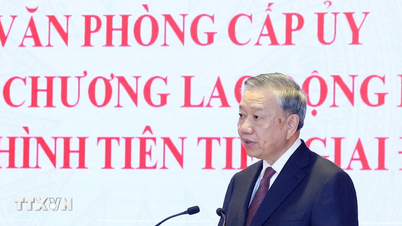









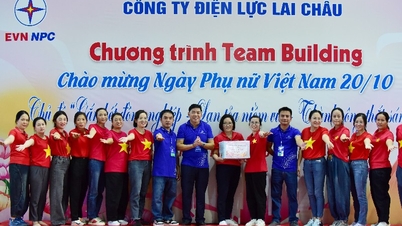

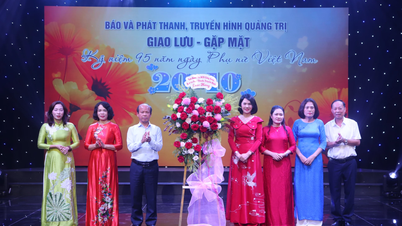

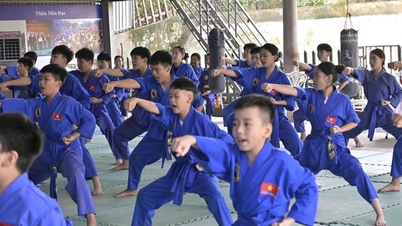










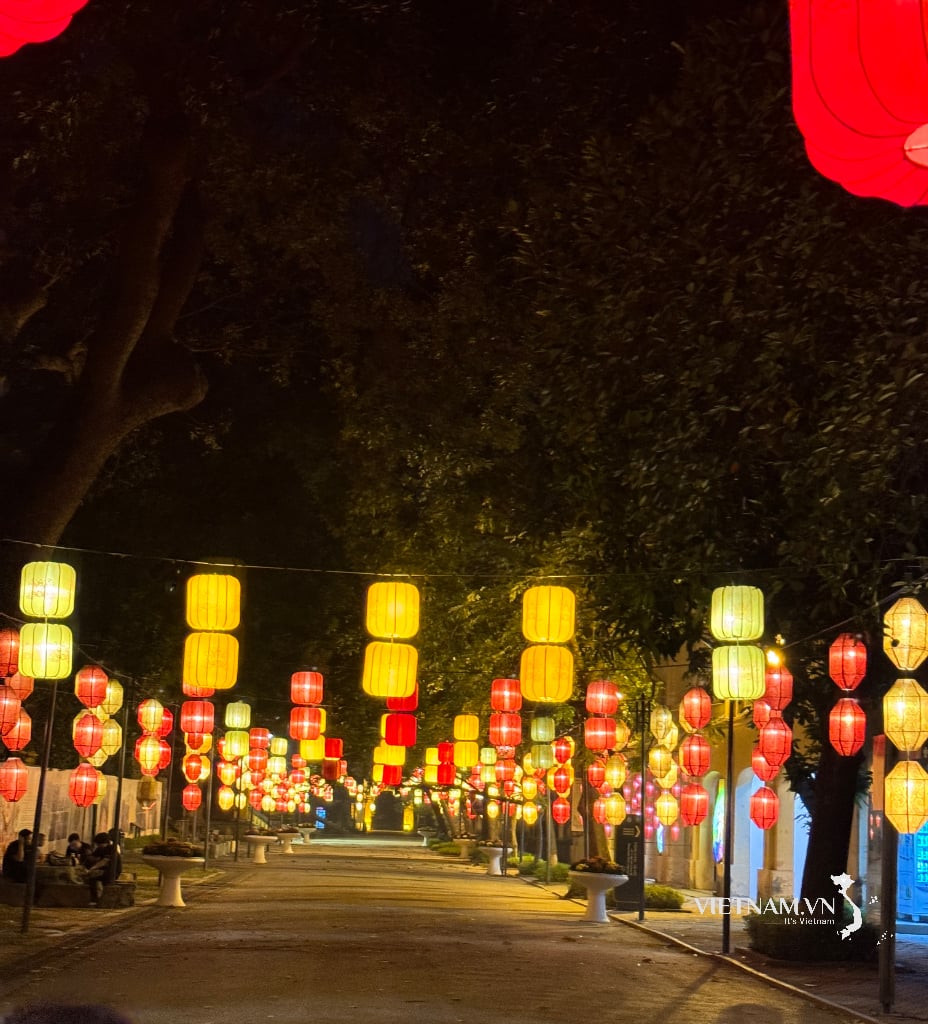
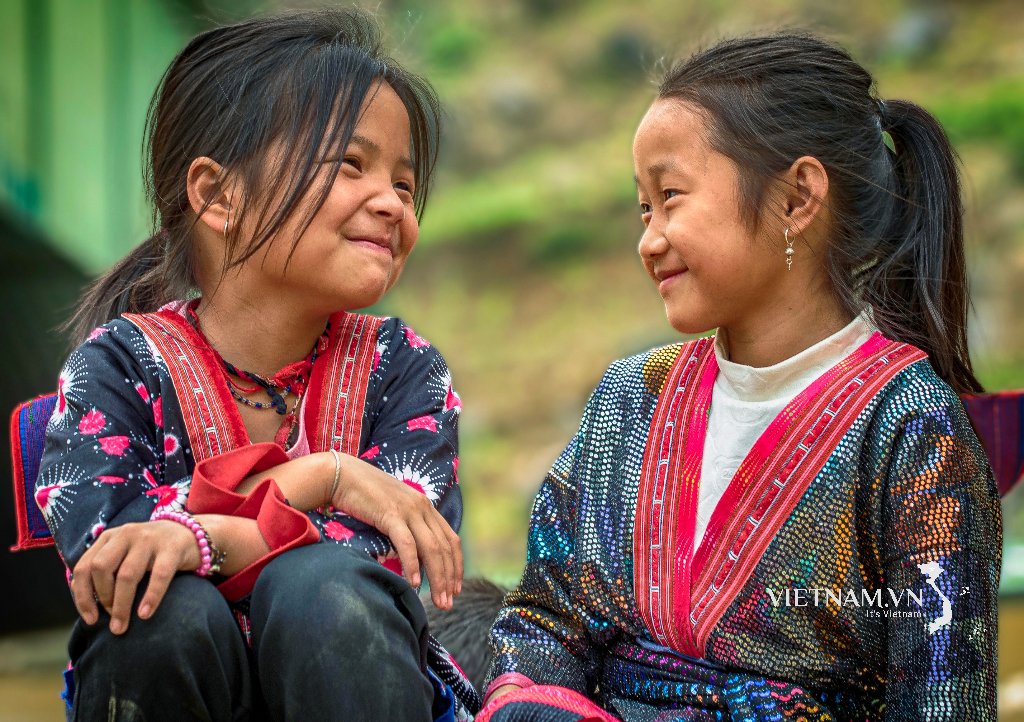
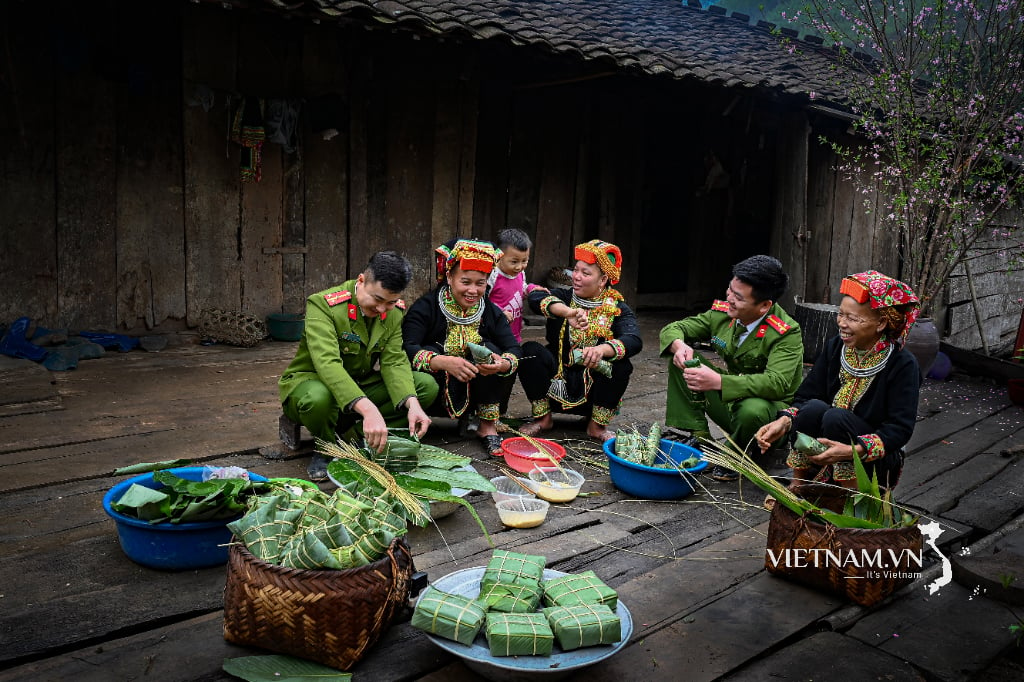
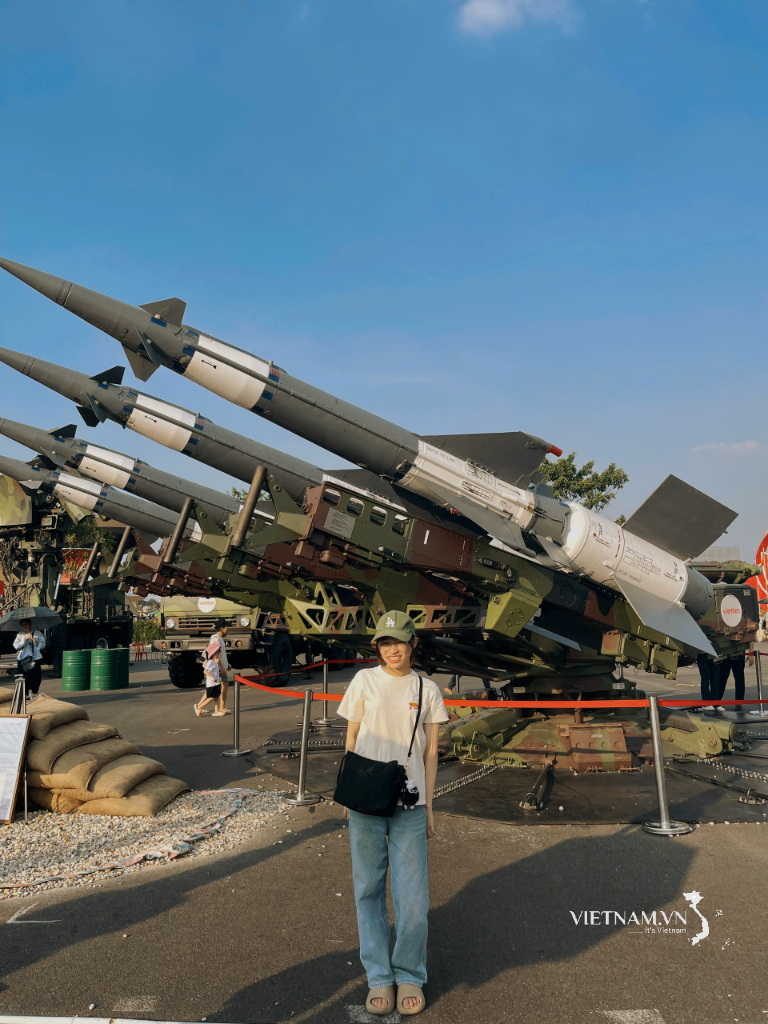
Comment (0)